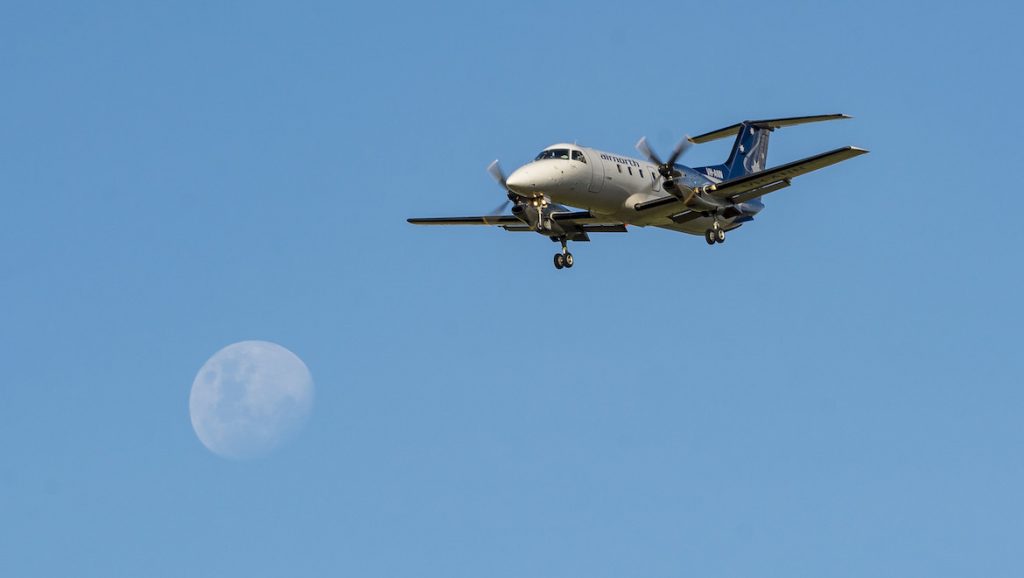
Australians relied on fixed-wing charter flights more than ever during the COVID pandemic, as commercial aviation was decimated by lockdowns and domestic border closures, new data shows.
According to data compiled by the Bureau of Infrastructure and Transport Research Economics (BITRE), over 3.44 million passengers travelled via fixed-wing charter aircraft in the 12 months to 30 June 2021.
This highlights a massive 22.6 per cent increase in charter demand from the year to June 2020, and a 35.5 per cent increase in demand from June 2019.
For comparison, overall domestic passenger figures dropped 48 per cent year-on-year over the same period, in light of snap border closures and ongoing lockdowns. Every other BITRE metric also suffered a hit during the pandemic.
According to the report, Perth Airport alone saw nearly 38 per cent of all charter passengers during the reporting period, due to the number of fly-in, fly-out (FIFO) workers that serve the state’s regions.
Since the beginning of the pandemic, charter operators have reported a significant uptick in demand, as customers were left with minimal RPT options and additional skepticism towards domestic operators.
Earlier this year, Corporate Aircraft Charter’s managing director Chris Anglberger told Australian Aviation that the business saw a “significant increase” in demand for aircraft charter in the immediate aftermath of COVID restrictions.
Meanwhile, private jet start-up Airly announced in June 2020 that its membership had doubled since the beginning of the pandemic, with co-founder Luke Hampshire saying the new “surge” in business came off the back of “limited local options from commercial airlines”.
Overseas, Justin Lancaster, group commercial director of private plane brokerage Air Charter Services, said his business had also seen a surge in demand due to the “disruption” of the pandemic and subsequent commercial carrier capacity cuts.
“Some customers have tried to avoid infection by flying with their families on private jets to avoid travelling on commercial aircraft with a large amount of people,” Lancaster added.
Overall, according to BITRE, there were 24.98 million passengers carried on Australian domestic aviation flights in the year to 30 June 2021, with charter passengers making up a massive 13.8 per cent of this figure.
These nearly 25 million passengers were flown across a total of 3,937,000 flights in the year to 30 June, a number down 27.9 per cent from the year previous.
Comparatively, in the year ending 30 June 2020, a total of just over 48 million passengers were carried on Australian domestic flights, across a total of 5,459,000 services.
Last month, Australian Aviation reported that domestic business class fares had fallen over 50 per cent in the last 12 months to a new record low, according to BITRE data.
According BITRE’s monthly airfare index hit 46.8 in August 2021, falling 51.4 per cent since August 2020, and reaching its lowest figure on record.
The series is a price index of the lowest available fare in each fare class, weighted over selected routes. It does not measure real airline yields, or average fares paid by passengers.
The index has been compiled using flight booking data since 1992, with data from June 2003 representing the base index value of 100.0.
Business fares appeared to enter a freefall in late June 2021, decreasing 25.3 per cent in the space of one month, from 64.4 in June to 48.1 in July. Meanwhile, economy fares have held consistently stable since May.
The drop coincided with the ongoing COVID-19 outbreak, which began in Sydney’s Eastern Suburbs, and has since seen half of the Australian population thrown into lockdowns, and most of the country’s domestic borders slammed shut.















